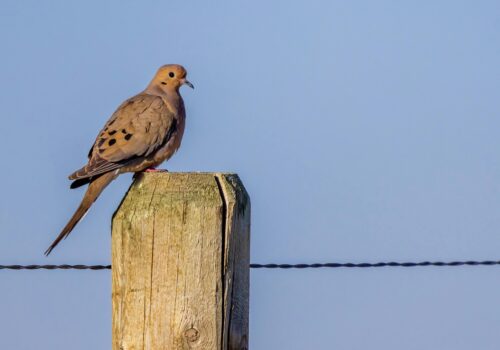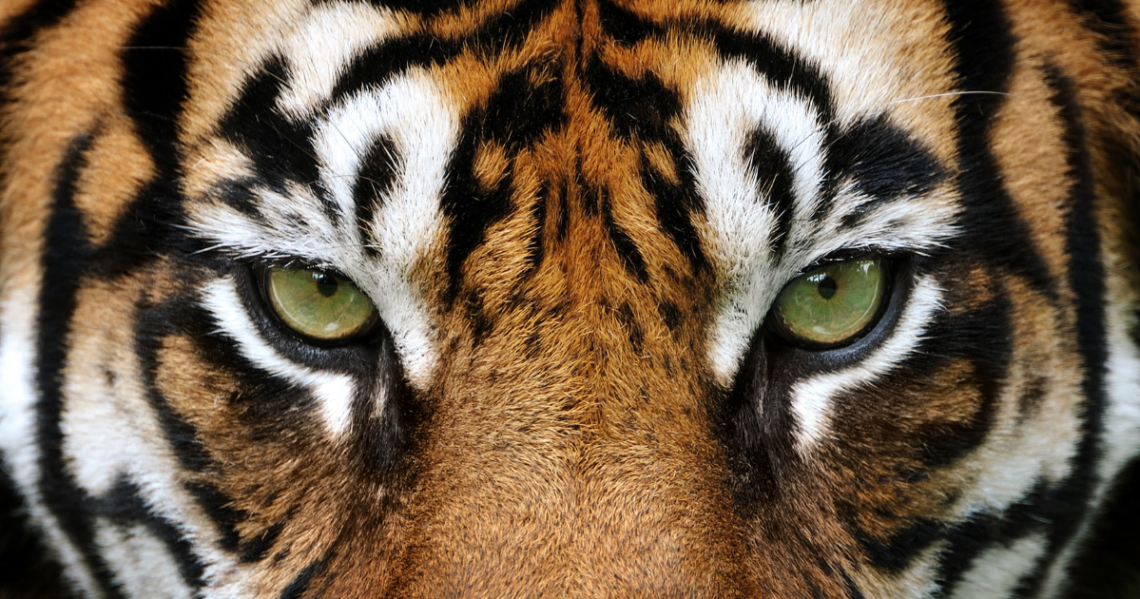
Honoring the Legend: Jim Corbett at 150
By Robbie Perdue
July 25, 2025 marks the 150th birthday of a man whose name still echoes through the forests of India and the pages of adventure literature around the world — Edward James “Jim” Corbett. Born in 1875 in Nainital, in what was then British India, Jim Corbett was much more than just a hunter. He was a tracker, conservationist, writer, and, in many ways, a bridge between the colonial world he was born into and the wild India he grew to love and defend.
Today, we look back not only at the man who stalked man-eaters through the Himalayan foothills, but at the timeless legacy he left behind — one built on courage, empathy, and an unmatched understanding of the natural world.
The Early Years: A Boy of the Hills
Jim Corbett was born the eighth of thirteen children to a British family living in India. His father, a postmaster, passed away when Jim was still a boy. But the forests surrounding Nainital became his true inheritance. Young Jim spent countless hours wandering the jungle alone, learning to read the forest like a book — identifying bird calls, recognizing pugmarks, and understanding animal behavior with an intuition that would later save many lives.
He often said the jungle was his best teacher — a place that offered both wonder and danger in equal measure. It’s no stretch to say that by the time he was a young man, Jim Corbett knew the forests of Kumaon better than any colonial officer or native guide.
The Man-Eaters of India
Jim Corbett rose to fame for tracking and killing several infamous man-eating tigers and leopards in the early 20th century — animals that had developed a taste for human prey, often after being injured or losing their natural food sources. These weren’t typical hunts. They were acts of service, called upon only when villages had been paralyzed by terror and entire communities had fled their homes.
Among the most legendary of these was the Champawat Tigress, believed to have killed over 436 people before Corbett brought her down in 1907. Later came the Leopard of Rudraprayag, responsible for more than 125 deaths and perhaps even more feared than any tiger.
Corbett’s hunts were never cause for celebration. He did not take pleasure in the kill. In fact, he considered it a failure of mankind when an animal was forced into that role. His writing made it clear — these were not monsters, but wounded predators pushed beyond their natural instincts by pain, injury, or environmental change.
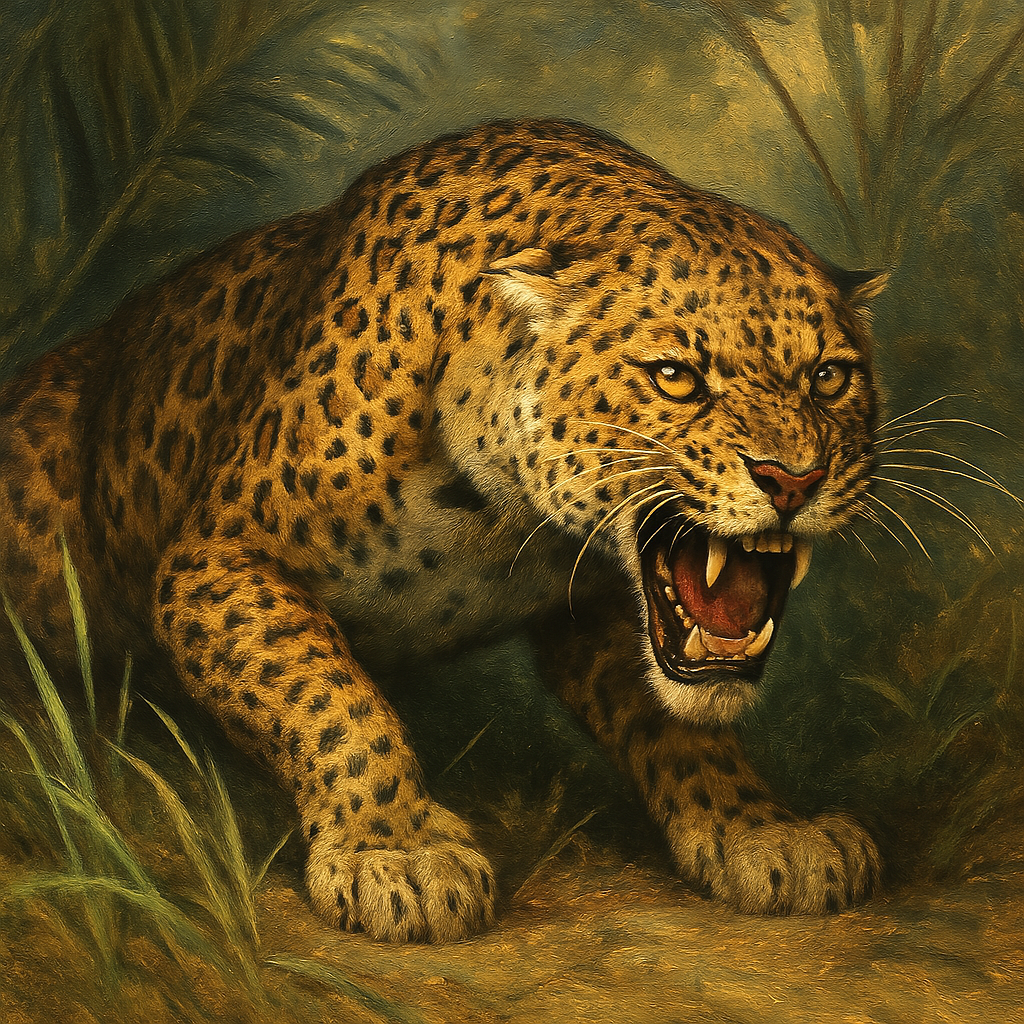
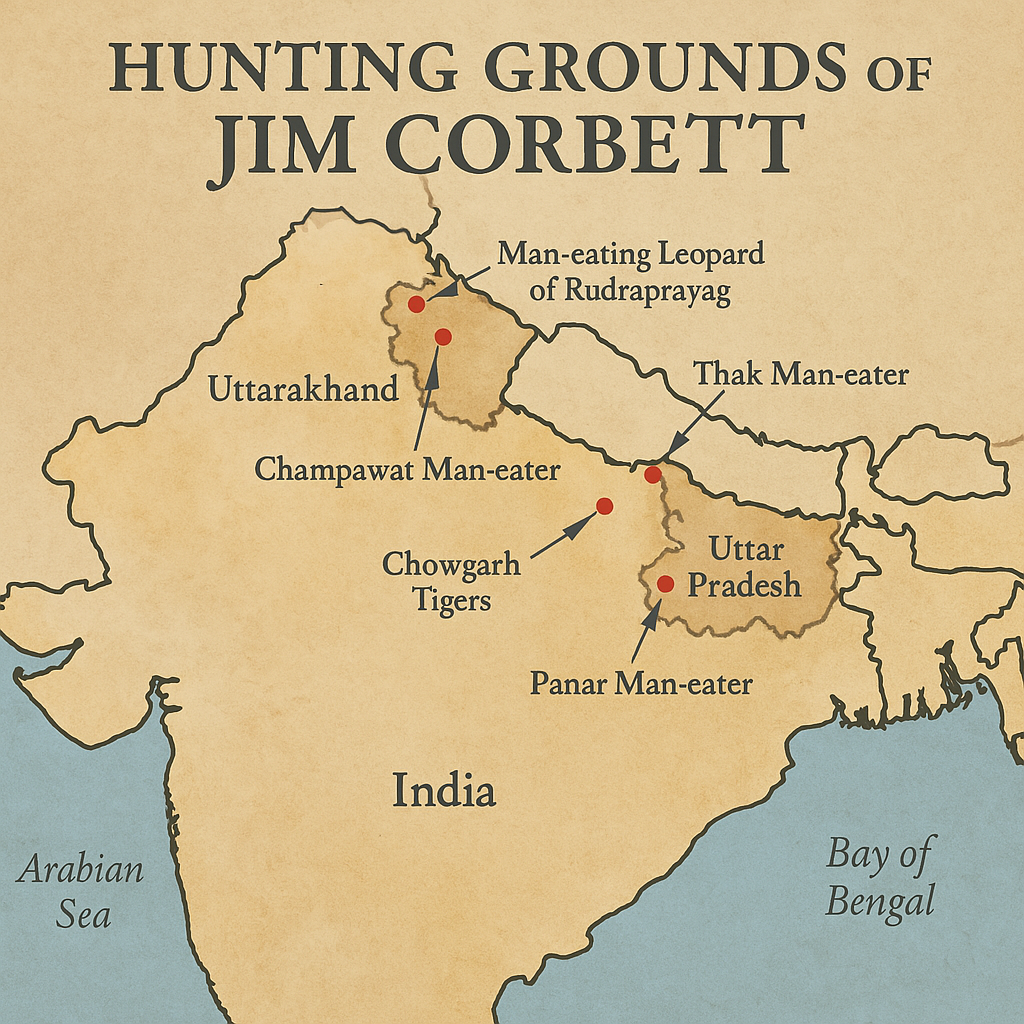
The Writer
What set Jim Corbett apart from many other hunters of his time was his remarkable gift for storytelling. His book, “Man-Eaters of Kumaon”, published in 1944, became an instant classic — not just for its thrilling accounts of stalking big cats in remote villages, but for its humility, compassion, and reverence for nature.
In subsequent works such as “The Man-Eating Leopard of Rudraprayag”, “Jungle Lore”, and “My India”, Corbett captured the essence of a vanishing world — one in which the line between man and wilderness was blurred, and where respect for nature wasn’t a philosophy, but a necessity.
He wrote not to glorify the hunt, but to humanize the hunted — and in doing so, helped generations understand the deeper reasons behind man-eating behavior, the importance of forest ecosystems, and the delicate relationship between people and wildlife.
A Conservationist Before His Time
As the decades passed, Corbett grew increasingly troubled by the damage caused by overhunting, deforestation, and the rapid expansion of settlements. He retired from hunting and became an outspoken advocate for conservation — a rare transformation for a man known initially for taking life in the wild.
He championed the idea of wildlife reserves, and his influence helped lay the groundwork for India’s national parks system. Fittingly, in 1957 — just two years after his death — India renamed the Hailey National Park in Uttarakhand to Jim Corbett National Park in his honor. Today, it stands as one of India’s premier wildlife sanctuaries, a haven for tigers and countless other species.
His efforts earned him a place among the world’s early conservationists, long before “ecology” and “biodiversity” became part of our common vocabulary.
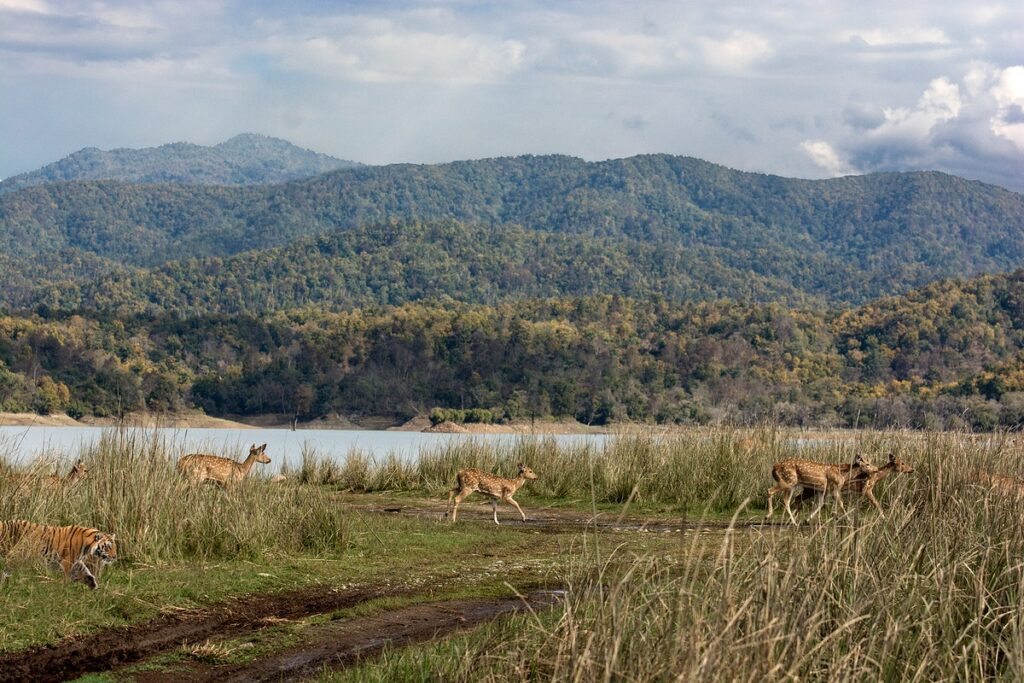
Legacy
Jim Corbett passed away in 1955 in Nyeri, Kenya, where he had moved after India’s independence. But his legacy lives on — in the books that still sell worldwide, in the park that bears his name, and in the quiet reverence with which hunters, naturalists, and storytellers alike speak of him.
At Feathers & Whiskey, we find a kindred spirit in Corbett’s life. He was a man who understood that the Southern hunter or woodsman had more in common with a tracker in India than one might think — a shared respect for the land, an appreciation for the craft of the hunt, and an understanding that stewardship is as important as sport.
Corbett wasn’t just a man of the hills. He was a man of depth — someone who lived between two worlds and gave his life to understanding both.
Final Reflections
One hundred and fifty years after his birth, Jim Corbett remains as relevant as ever. In an age of vanishing wilderness and rising conflict between humans and nature, his story reminds us that empathy and knowledge must walk hand in hand.
He showed us that courage doesn’t just mean facing danger — it also means speaking up for the voiceless. It means recognizing that killing a man-eater might save lives, but saving the habitat might prevent the need altogether.
Today, we raise a glass to the man who walked softly in the jungle, spoke softly on the page, and left footprints too large to ever fade.
Happy 150th, Jim Corbett.
Robbie Perdue
is a native North Carolinian who enjoys cooking, butchery, and is passionate about all things BBQ. He straddles two worlds as an IT professional and a farmer who loves heritage livestock and heirloom vegetables. His perfect day would be hunting deer, dove, or ducks then babysitting his smoker while watching the sunset over the blackwater of Lake Waccamaw.


You May Also Like

Five Years of Feathers & Whiskey
April 25, 2023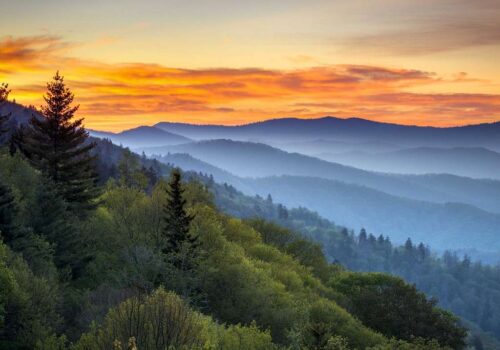
The High & The Low: A Guide to Southern Peaks and Valleys
March 7, 2024